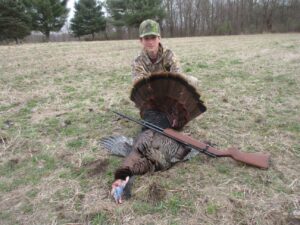Michigan: Apply for Bear and Elk Licenses

The 2025 bear and elk hunting license application period is open May 1 through June 1. Apply anywhere hunting licenses are sold, online at Michigan.gov/DNRLicenses or on the Michigan DNR Hunt Fish app. Applications are $5.
Aren’t planning to hunt this year? Increase your odds for next year and purchase your elk chance or bear preference point instead!
Take a few moments to watch the videos explaining the bear and elk license drawing process:
- Michigan elk weighted lottery system explained.
- Michigan bear draw preference point system explained.
Hunting units and season date information to assist in purchasing your applications is available at Michigan.gov/Elk and Michigan.gov/Bear. Questions? Call the DNR Wildlife Division at 517-284-9453 by June 1 for assistance with applications. Drawing results will be posted online June 23.
Hunters who want another chance at a bear or elk license can increase their odds by applying for the Pure Michigan Hunt! Applications are $5 and are available at any license agent or online at eLicense. Hunters may buy as many applications as they want. Three lucky winners will get prize packages – learn more at Michigan.gov/PMH.









